
It’s not uncommon for people who are passionate about automobiles to have very niche interests. It would not be an exaggeration to claim that German and American automobiles enjoy a worldwide cult following. Vehicles from both countries are built to last and are meticulously designed to ensure the best possible product for buyers.
Some users are die-hard fans of a certain make or model of car or even a specific country. But there are also people who like to test-drive cars from all over the world.
Arguments between enthusiasts over which company deserves the award for producing the best automobiles are constant. Actually, there isn’t one correct, audacious, or unifying response to this argument.
Why is it the case? It is because each manufacturer has a distinct customer base. Additionally, there are various differences between the cars from the fatherland. From distinctive driving characteristics to distinctive features to high-quality auto parts, technical brilliance and craftsmanship, and more.
All cars have these fundamental components, whether they are elegant electric vehicles or retro supercars. These characteristics have an impact on discussions and comparisons across the globe, especially in the automotive sector and among vehicle enthusiasts.
However, you may always look at important statistics and facts to aid in decision-making. There is no denying that Germany has a rich history of automobile culture. They are unmatched in their ability to develop, target, and maintain a dedicated following. Germany also excels in offering premium car services at reasonable prices.
No matter if it’s an American or German car, let’s all agree on this. Depending on the owner and how they use the vehicle, the car will inevitably find its value. Let’s now compare the automobiles produced in each of these countries.
The German Cars
The epicenter of the automotive world is thought to be Germany. You already know that Germany is one of the best countries in which to own a car if you reside there. Not just because of the Autobahn but also because of the vibrant car culture that permeates the entire nation.

German Engineering
The reputation of German engineers is unblemished. Nowadays, “German engineering” refers to a product’s quality of construction.
The History of German Cars
The history of Germany in the automotive sector spans more than a century. German inventor Siegfried Marcus invented the internal combustion engine and built the first automobile in 1864. The design model is a straightforward hand cart with a gasoline-powered internal combustion engine. Marcus kept refining the design until 1888 when it started to resemble what we now associate with an automobile, complete with a driver’s seat, clutch, brake, and steering wheel.
The Benz-Patent Motorwagen, however, entered into full production in 1885 and became the first vehicle. It was difficult for the company early on to raise money from investors. However, the Benz-patent motorwagen’s first long-distance trip was made by the inventor’s wife early one morning in 1888. She traveled 65 miles in the car (104 km). This revolutionized the motor business and showed how valuable and dependable autos are. Since that time, German engineers have been instrumental in creating the modern automobile.
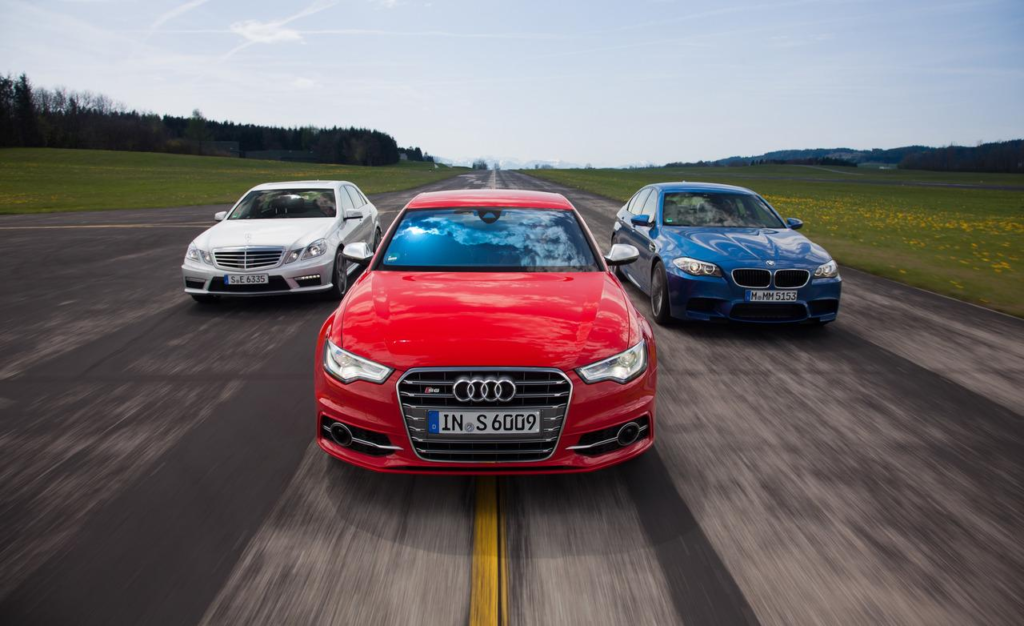
Modern German automobiles are renowned for their opulent design, strong engines, and fine engineering. German automobiles are sometimes the most expensive due to the caliber and style of their manufacturing.
Precision engineering and strong engine
With the right care, the powerful engines in German cars may last for many years and countless kilometers. However, due to the distinctive and exact engineering of German automobiles, maintenance and repairs can frequently be more expensive than those from rival manufacturers. German automobiles have complex designs that call for expertise and are frequently more difficult to fix than American automobiles.
Highlights –
- Advanced Engineering
- Costly Repairs
- Luxurious Design
- Strong Engine
Top three German Car Brands
Here we go again with the names you already know.
Volkswagen
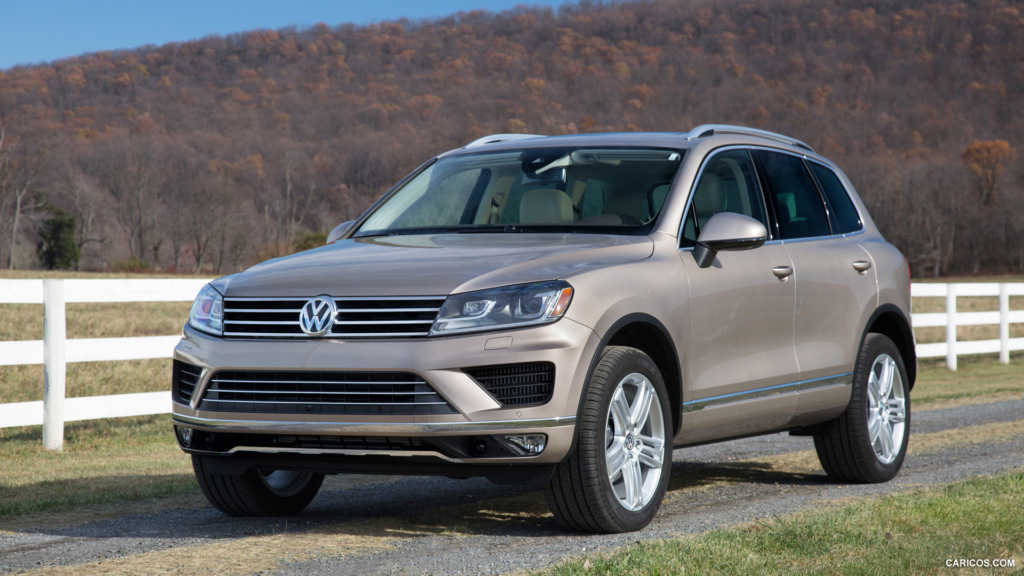
Did you know that Adolf Hitler supported Volkswagen’s launch in 1937? The vile leader of the Nazi party did, in fact, take a keen interest in cars. Volkswagen is at the top of the list since it is the parent company of several high-end automakers. Volkswagen is in a league of its own when it comes to both performance and aesthetics.
Audi
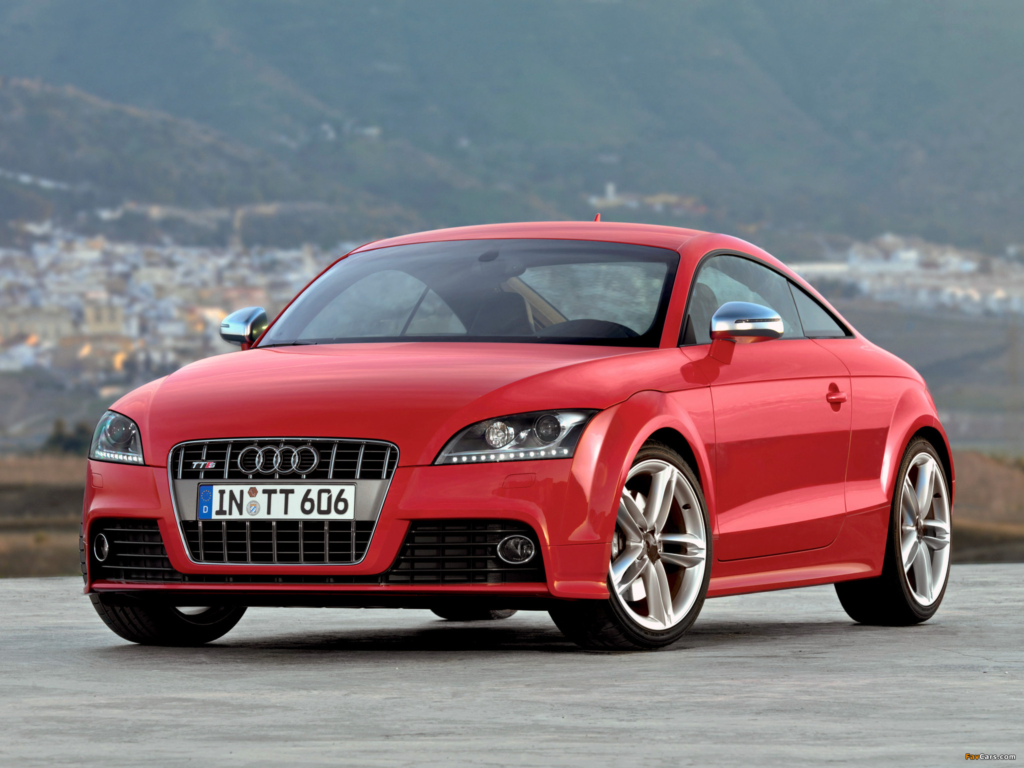
The well-known Audi is well-known for its user-friendly interior and cutting-edge technology. During the 1980s, it was the gold standard for automobiles of its class.
To what extent are you aware of Audi’s plans to launch a Quattro-powered Lunar Rover to the Moon? As so, it is clear that the company values technological development.
Mercedes-Benz

Mercedez-Benz owns the golden age of the contemporary automobile. The company is widely recognized as a pioneer in the production of high-end automobiles, and its products have an extensive selection of electric and hybrid powertrains.
The American Cars
It’s also true to argue that America has a long history in the development of autos. So let’s examine what makes American automobiles unique.
The History of American Cars
In 1893, two bicycle technicians named J. Franks and Charles Duryea created the first effective gasoline vehicle. The two Springfield, Massachusetts-based engineers went on to triumph in the 1895 inaugural American automobile race.
The first gasoline car produced in America was sold in 1896. Four hundred eighty-five new businesses entered the market throughout the following ten years. As a result of the demand outstripping supply for luxury products, the automotive sector saw an unparalleled seller’s market.
Based on American production history, it was already known that American goods could be produced more cheaply and in greater quantities than European goods. Of the 606,124 vehicles produced by 1913, 485,000 were made in the United States. In addition, new production techniques were implemented to allow for a much larger, more cost-effective output.
American cars are renowned for their affordability and cost-effective repairs, and they frequently have larger bodies. American cars are frequently associated with muscle cars, trucks, or larger, less efficient automobiles. Although this idea has undergone a major shift recently, American automakers still place a lot of emphasis on it.

Greater Style
Because American cars are made for wider, straighter roads than German ones, “muscle cars” are very common. These vehicles handle straight highways better than roads with tight turns because they are broader and heavier. Another well-known American production trend is the popularity of trucks and heavier cars.
Low-cost Repairs
When an American car is well-designed, its average repair costs are frequently on par with German cars, if not lower. Despite the fact that American cars are less reliable, individual repair costs for parts and labor are frequently lower.
- Mass-Produced
- Affordable
- Greater Body Type
- Affordable Repairs
Top three American Car Brands
Tesla
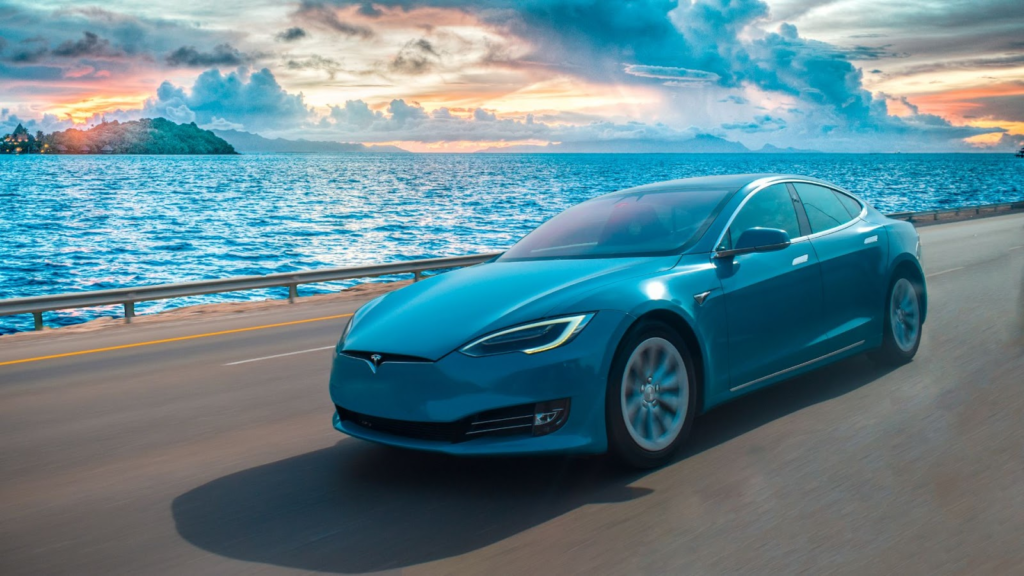
It is well-known as an electric car brand not just in America but all across the world. The Tesla Model 3 holds the distinction of being the most popular car from 2018 to 2019. The technology in the cars made by Tesla is quite cutting-edge. Yes, it’s hard not to laud the style. Tesla is at the top of its game because of opportune partnerships Elon Musk established with some prestigious companies like Dior and Louis Vuitton.
Mustang Ford

Although there are many American sports cars, only The Ford Mustang is a true supercar. The Ford Mustang, therefore, requires no introduction. It is among the sports cars with the highest global sales.
You may be aware that movies also contributed to the popularity of Mustangs. For instance: James Bond has driven a vehicle in films like Diamonds are Forever and Goldfinger. Other well-known sports car manufacturers left their impact as well, including Chevrolet Corvette, Dodge Viper, VLF Vector, and Panoz.
Chevrolet

With good cause, enthusiasts will almost always add “Corvette” to the name Chevy. The Corvette has been one of the truly outstanding American sports vehicles since the 1950s, going through several different incarnations.
The most recent model, the Corvette Z06, is a mid-engined supercar designed to compete favorably and affordably with brands like Lamborghini and Ferrari. Trucks, or pick-ups as we’d call them, are Chevrolet’s stalwarts, and the Silverado EV is an appropriately massive, completely electric version of one.
German Cars vs American Cars
Look and feel
There is unquestionably a difference in aesthetics between German and American automobiles. While American cars are expected to be more rugged and functional, German design tends to be sleeker and more fashionable. Its autos have the refined appearance preferred by Europeans in all spheres.
Because of different ideals for aesthetics and usefulness, vehicles in North America and Europe have different designs and building methods. A German vehicle manufacturer will take pride in its appearance due to cultural factors. Other things affect an American automaker.
They’re more concerned with producing a running car at a lesser cost than they are with looking sleek and sophisticated. German engineers are renowned for producing high-quality vehicles, and it is true that you get what you pay for. The interiors and exteriors of European cars are really stunning. Truly stunning automobiles are produced by manufacturers like Ferrari, Porsche, Mercedes, BMW, and others.
Size
Starting with their physical construction, German and American cars may be distinguished from one another rather easily. Because Americans prefer to live large, their cars are also large and built with sturdy designs. Large SUVs and enormous vehicles can be cited as some good examples.
German automobiles, on the other hand, are often sleek and tiny. German cars tend to redefine sophistication and elegance through their refined designs, while American cars tend to give off the impression of being heavy-duty vehicles.
Now, if you have a large family, buying one of the larger American cars can be the best option for you. However, purchasing a German vehicle is surely worth your money if you want a vehicle that shines in terms of appearance and design, assures exceptional performance, and has a luxurious interior.
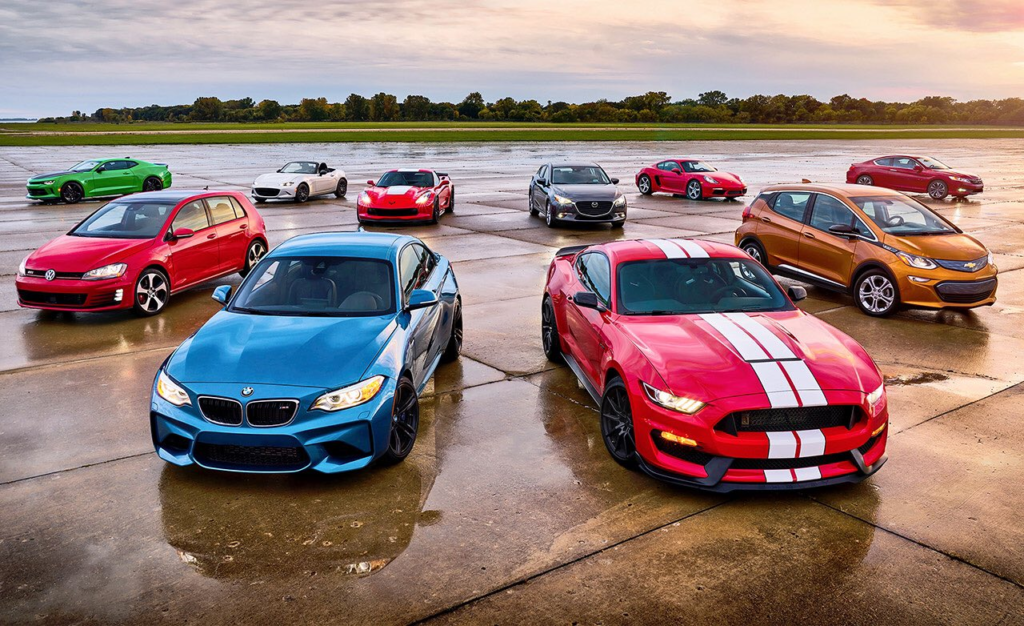
Reliability
The first names that come to mind when we think of German automobiles are BMW, Mercedes-Benz, Audi, and Porsche, all of which are associated with luxury. The majority of the well-known German automakers may be summed up in three words: comfort, speed, and luxury. German vehicles are perfect for you if you enjoy flaunting your ride!
However, the majority of American cars are often about strength and power. The use of fast engines is also quite common. There isn’t the same level of quality that you see in German or technologically advanced American vehicles.
Materials
We are not in any way disparaging American automobiles because they, too, have a promising performance and fashionable appearance. However, American cars do use interiors and materials of subpar quality, which is not at all the case with German vehicles. The latter produces cars that look not only great but also feel luxurious by using the best materials.
Speed
Some of the fastest automobiles in the world can be found in the country of the Fast and the Furious. Companies like Chevrolet, Ford, and Hennessey, which adhere to the “bigger is better, go hard or go home” philosophy, will outperform all of their international competitors in racing.
However, that does not imply that they are completely passing over Europeans. Germany boasts its famed autobahn, a motorway with no posted speed restriction. Because of this, many German cars designed for daily use can accelerate more quickly overall. Some European nations have looser speed limit regulations than the US. Therefore, American automakers must take into account lower speed limits.
Fuel
The enormous American cars also use a lot of fuel to operate, which is very natural given their size and capacity. As a result, you are not able to take advantage of fuel efficiency, which is a minor disadvantage given the fuel efficiency provided by German competitors.

To put it briefly, both German and American cars have specific benefits and cons. German cars are known for surviving slightly longer than American cars, but they are also more expensive upfront. So, it is ultimately up to you to decide whether to go with an economical American car that serves you well or a promising but pricey German beauty that is quite likely to end up being the car of your lifetime.
Affordability
It’s no secret that German automobiles cost more than American automobiles. German automobiles are pricey because of their high quality and meticulous manufacturing processes. German automobiles are associated with luxury and prestige, and this reputation comes at a premium cost.
Purchasing an American-made vehicle is more affordable if you reside here. However, American automobiles are priced in the middle of the pack when compared to their European and Asian competitors.
Final Thoughts
There are actually many variations when comparing the differences between American and German automobiles. This is unexpected, considering that an automobile ought to fundamentally be the same thing. But there are noticeable distinctions.
In Europe, you’ll typically find more fuel-efficient, tiny cars with a more streamlined appearance. It’s merely a matter of preference in the Battle of the Continents; neither is necessarily better or worse. But when you travel abroad, it’s wise to be aware of the distinctions between German and American vehicles.




